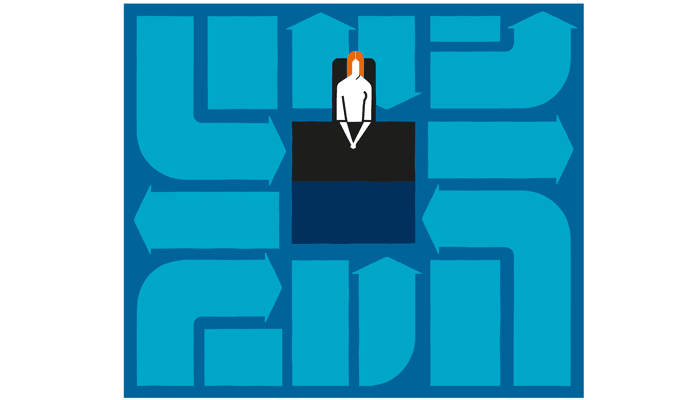Learned a lot lending an editorial hand here:
Inside HR, December 14, 2018
by Jeff Mike 
The forces behind this opportunity include a fundamental shift in the character of companies and a related shift in the nature of work itself. Changing demographics, particularly the attitudes of Millennials and Gen Xers, are pushing companies to embrace and act on purposes that are broader and more fulfilling than profit alone. Witness the rising incidence of employee activism in Silicon Valley and the emergence of the social enterprise.
Digital technologies are not only amplifying the demands of employees (and indeed, all corporate stakeholders), but they also hold out the tantalising promise of a more collaborative and productive workplace. As the tools of data-driven decision-making become more available to employees at all levels, work itself can be reimagined and the role of management fundamentally reshaped.
Instead of command-and-control hierarchies, companies can perform more like symphonies. We are already seeing this trend manifesting in the emergence of what we call the symphonic C-suite, in which siloes are torn down and top leaders play together as a team while also leading their own functional teams, all in harmony.
The above developments are people-centered, and that’s why HR is being pulled into the core of the business. To be able to successfully occupy that space, HR leadership will need three important capabilities that have been revealed and confirmed by Bersin’s high-impact HR research. Read the rest here










































